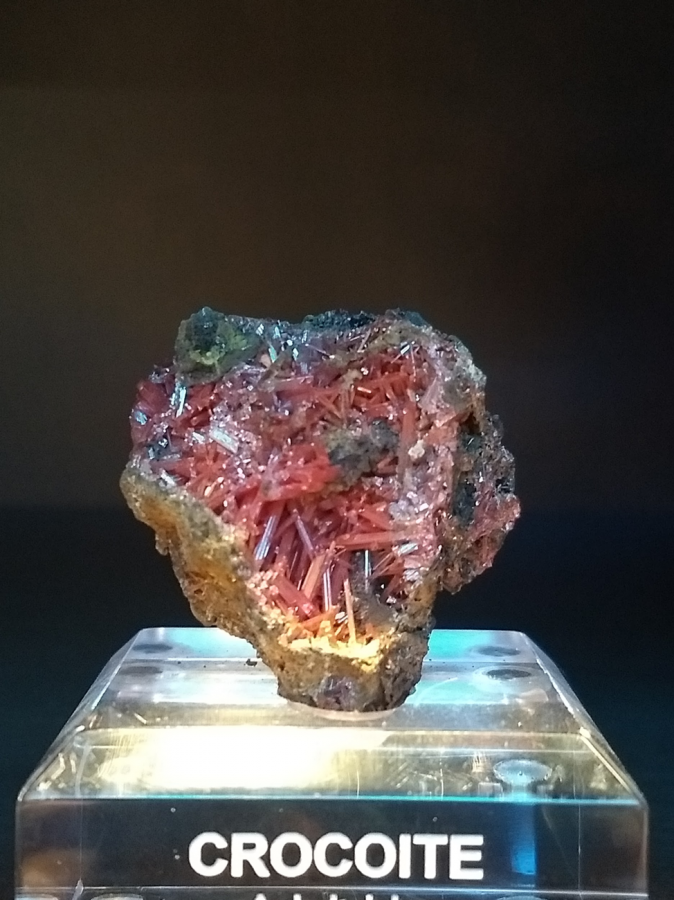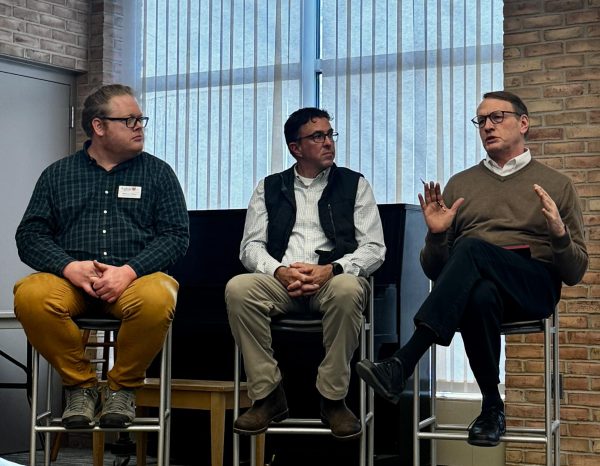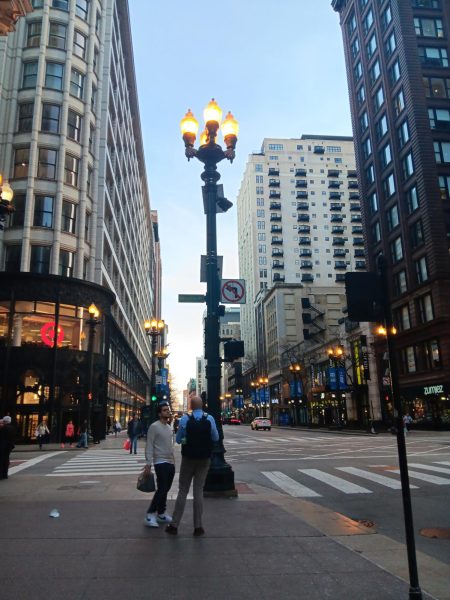Mineral Spotlight: Crocoite
In 1766 an expedition in the Ural Mountains of Russia unintentionally exposed stunning flame-red crystals. In 1832 the crystals were given the name crocoise from the Greek word for saffron, referencing the mineral’s bright red-orange colors. The name was later altered to crocoite, which is what the vibrant crystals are known as today. The original finds were overshadowed in the late 1800s when large, well-formed, brilliant crystals were discovered in Australia on the island of Tasmania. The discoveries in Tasmania brought this mineral to a whole new level.
Two mines in Tasmania, The Red Lead and Adelaide Mines, are the sources of the best crocoite specimens ever discovered. Crocoite was officially designated the Mineral Emblem of Tasmania in 2000. In 2010 about 350 high quality specimens were recovered from the Adelaide Mine. The top pieces sold for over $100,000 each. The largest crystals extracted from the mine in 2010 are up to 14 cm. in length, making them the longest known, unbroken crystals.
Single crystals of crocoite are uncommon and the mineral is most often found as elongated needles and in disorganized groupings of small prismatic crystals, averaging an inch or two in length. Crocoite is a lead chromate, with formula PbCrO4, and owes its strikingly vivid flame-red and deep orange colors to the presence of chromium in its chemical structure. Crocoite led to the discovery of the metal chromium, which was first discovered in 1797. As a result, crocoite was commonly mined for its chromium content. Today, however, crocoite is far more valued for its intense colors and ornate structure.
Crocoite needs very specific conditions in order to form, making it a relatively rare mineral. Crocoite is formed by the alteration of other minerals that release lead and chromium into water. The chromium must be oxidized, which means it needs to be exposed to oxygen. In the Urals of Russia, the crystals are found in veins of quartz. In Dundas on the west coast of Tasmania, crocoite is found in fractures of rock where they crystallized from metal-rich fluids.
Two specimens of crocoite can be found in the Bruce Dice Mineralogical Museum. Crocoite happens to be Bruce Dice’s favorite mineral and he personally travelled to Australia to retrieve the pieces. Check them out at the museum, open every Wednesday, Thursday and Friday from 12:30-4pm.









